Port Authority unveils revised design for $10B Midtown bus terminal
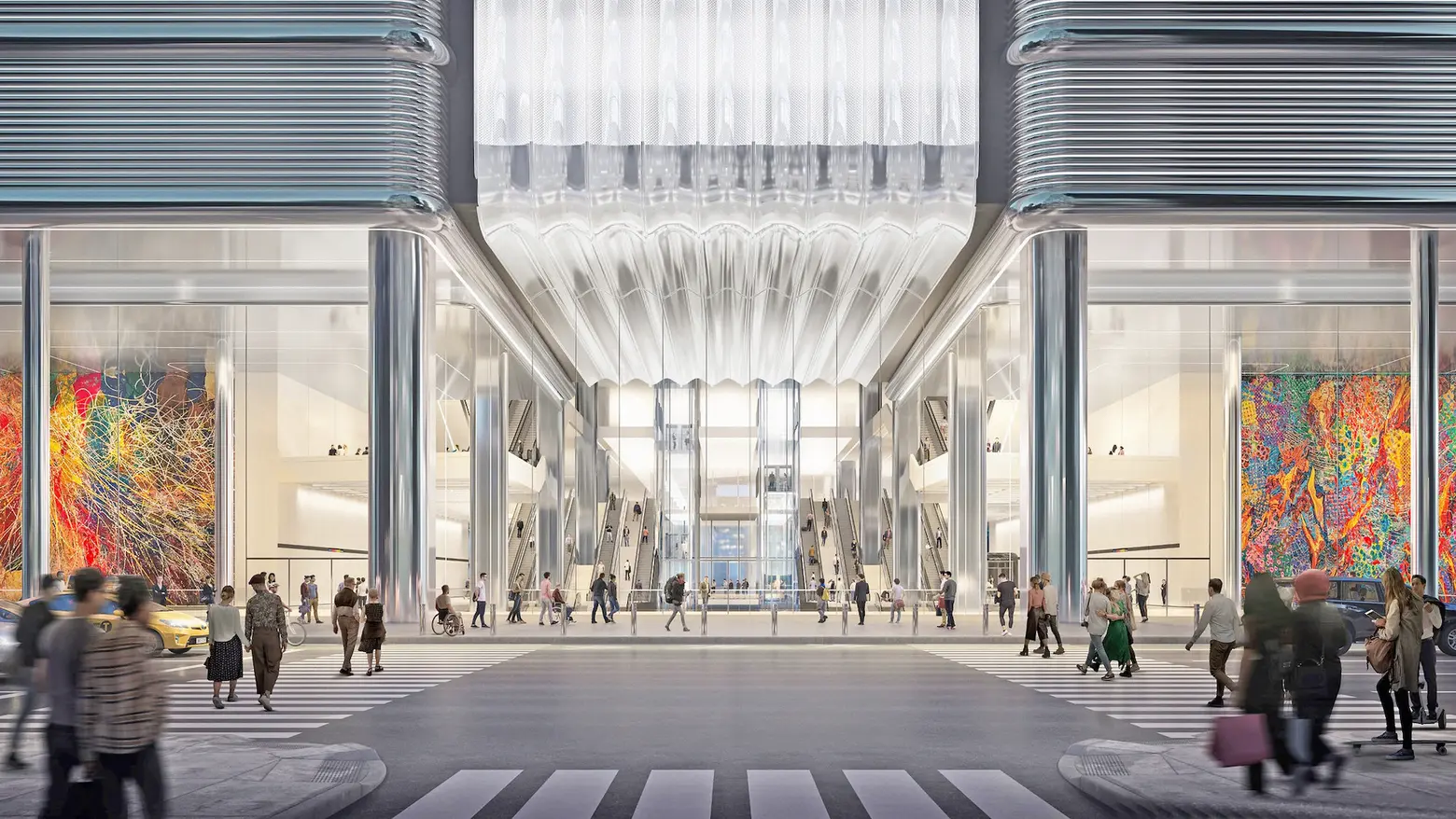
Renderings courtesy of the Port Authority of New York and New Jersey
The Port Authority of New York and New Jersey on Thursday unveiled an updated design for the project to build a new modern Midtown bus terminal and announced the publication of the draft environmental impact statement. Plans to replace the rundown 73-year-old bus terminal–the world’s busiest–originated over 10 years ago to accommodate expected ridership growth. The terminal will cost $10 billion and take eight years to build, with construction potentially starting as early as this year.
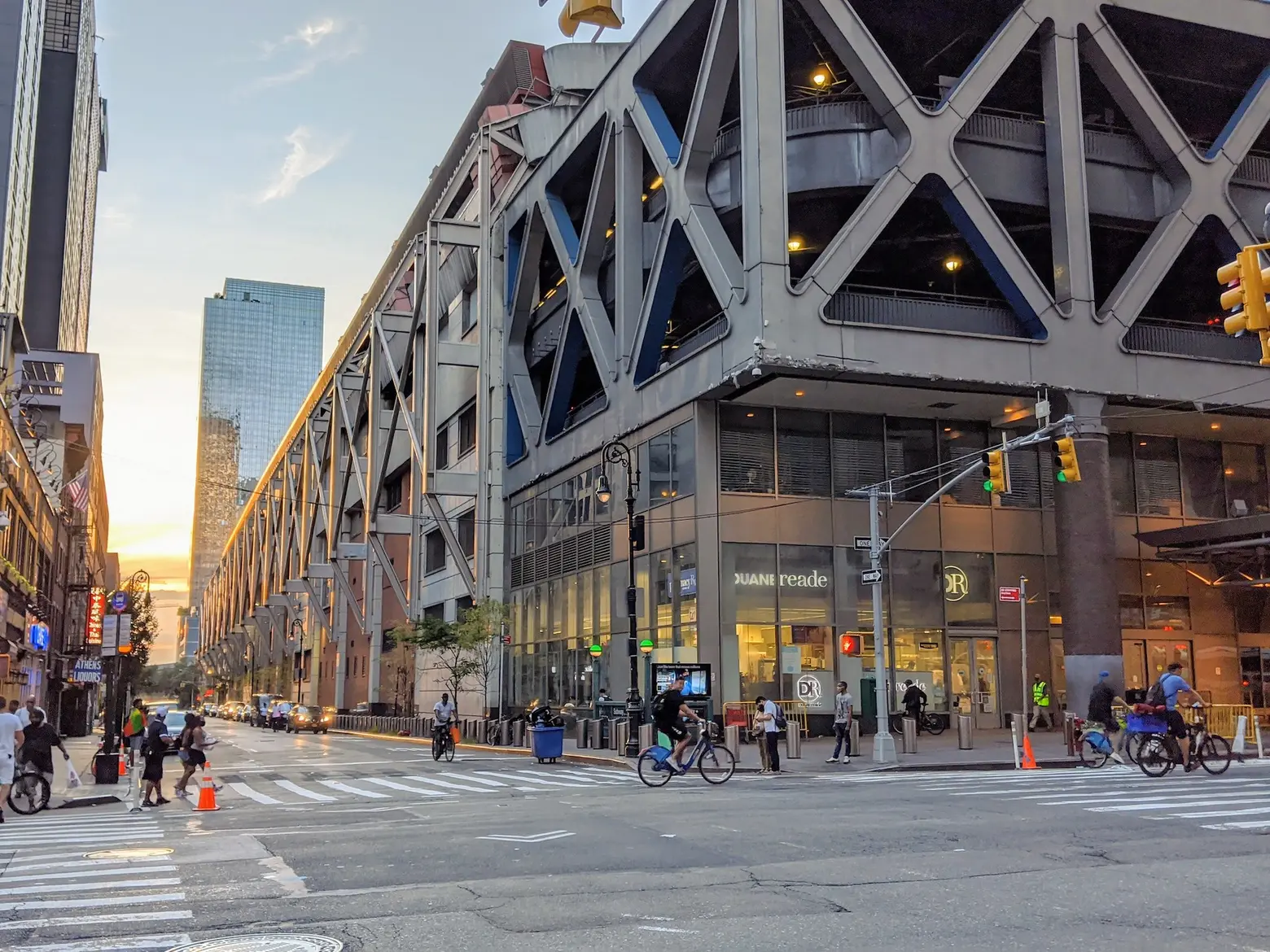
“A magnificent new Midtown Bus Terminal cuts to the core of the Port Authority’s mission by knitting together New Jersey and New York to create an even stronger, more economically vital and easily accessible region,” Kevin O’Toole, chairman of the Port Authority, said. “We are replacing what’s been a commuters’ nightmare for decades with what will be a beautiful, efficient new bus terminal that will be the world-class gateway our region deserves.”
The plan, as outlined in the draft environmental impact statement, calls for a three-part building plan of a main terminal, a storage and staging facility, and new ramps into the Lincoln Tunnel. The work will take place in two four-year phases.
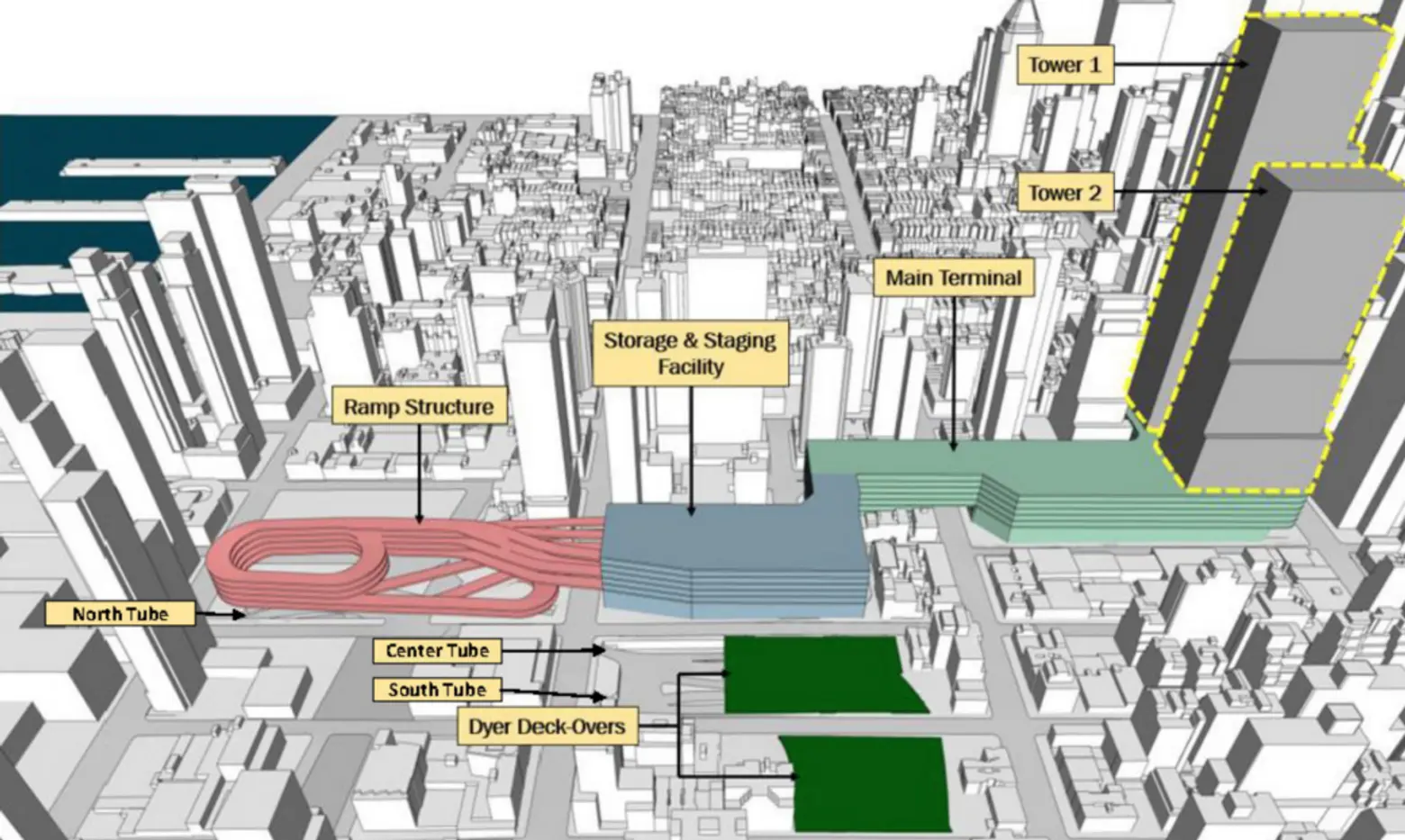
Under the proposal, the staging and bus storage facility would be built first to serve as a temporary terminal while the current terminal is razed and rebuilt. To accommodate the new main terminal, the plan calls for part of West 41st Street between Eighth and Ninth Avenues to be closed permanently. Two decks would be constructed over a section of Dyer Avenue entrance to the Lincoln Tunnel and become over three acres of public open space after the construction is complete. The temporary terminal and new ramps are scheduled for completion in 2028.
The agency wants to allow the private development of two high-rise office towers on Eighth Avenue on the corner of 40th and 42nd Streets to help pay for the construction of the new terminal, via payment in lieu of taxes (PILOT), as was done to build the Moynihan Train Hall.
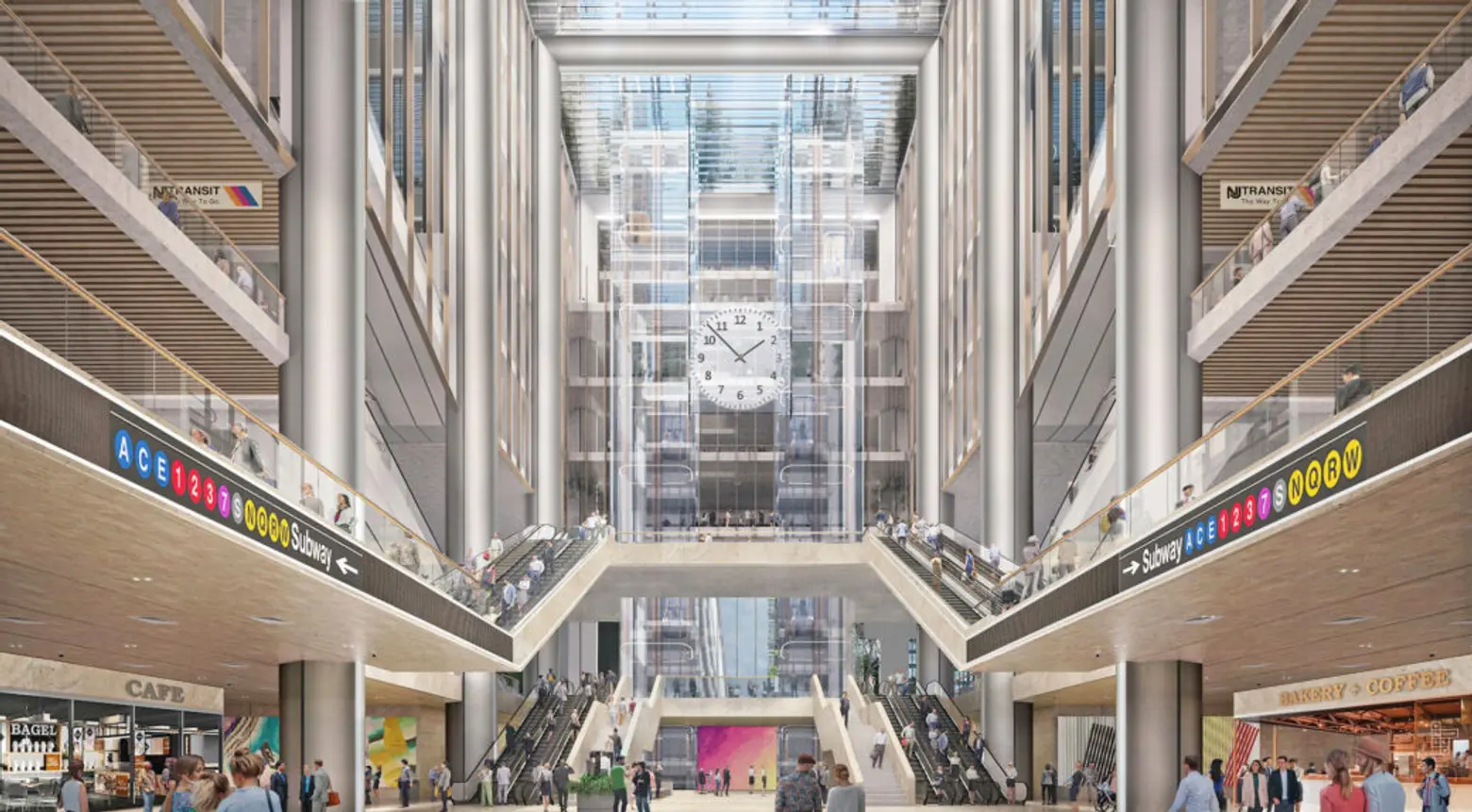
In August 2022, the Port Authority selected the architecture firm Foster + Partners and the engineering and design team Epstein to design the new world-class facility.
New renderings released by the agency on Thursday reveal a multi-story glass atrium, which will act as a grand entrance at 41st Street between Eighth and Ninth Avenues, and street-level local retail. The bus terminal will be designed to be net-zero, serve an all-electric bus fleet, and feature sustainable elements, like onsite renewable energy, zoned heating and cooling systems, and heat recovery and reuse technology.
Other 21st-century technology includes a “world-class traffic management system,” that will use sensor-based monitoring systems to allow for a smoother movement of buses in and out of the terminal.
The release of the draft environmental impact statement by the Federal Transit Administration kicks off the 45-day public comment period. An in-person public hearing is scheduled for February 20 and virtual sessions on February 21 and 22. Sign up for a public hearing session here.
Following public comments, a final environmental impact statement will be published by the FTA, with a decision expected later this year.
Port Authority officials say the agency has $3 billion set aside from its capital plan for the $10 billion project, but is also seeking a $1 billion loan from the federal government.
Plans to replace the terminal, which was constructed in 1950 and last expanded in 1981, were sought by the agency beginning in 2013. Since then, about 30 separate proposals have been produced.
“Today we’re taking a major step forward to transform what is the worst infrastructure eyesore in the nation and replace it with a best-in-class facility. The Port Authority’s goal is to bring to the project the same perspective we have brought to our airport transformation projects,” Rick Cotton, executive director of the Port Authority, said.
“Transportation hubs are gateways; they symbolize the region to visitors and residents alike. The new bus terminal will be an inspiring gateway to the city that commuters will actually look forward to using, and that will serve also as an attractive asset to the surrounding community.”
RELATED:
Get Insider Updates with Our Newsletter!
Leave a reply
Your email address will not be published.
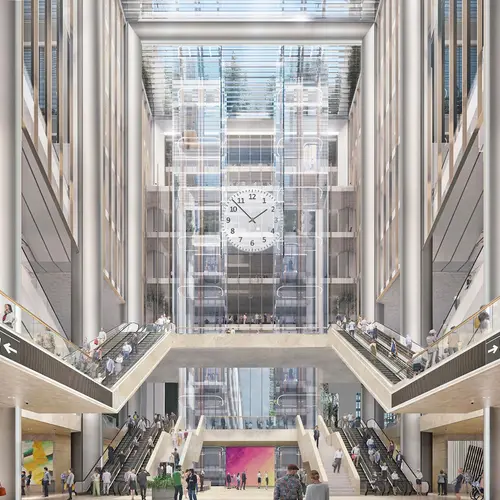
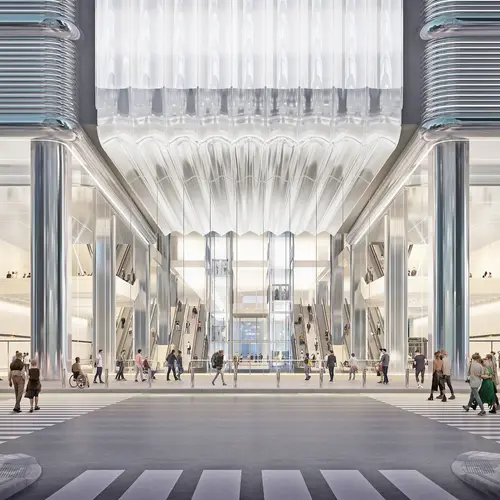
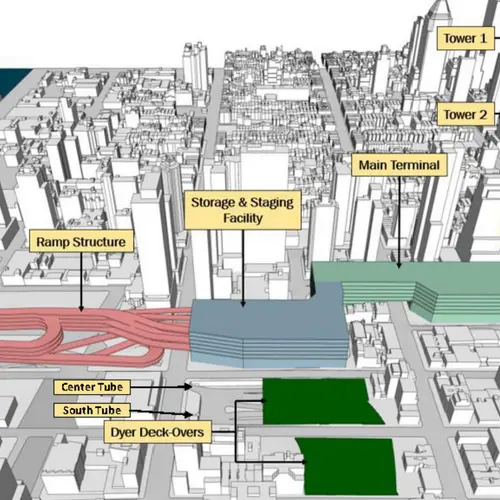


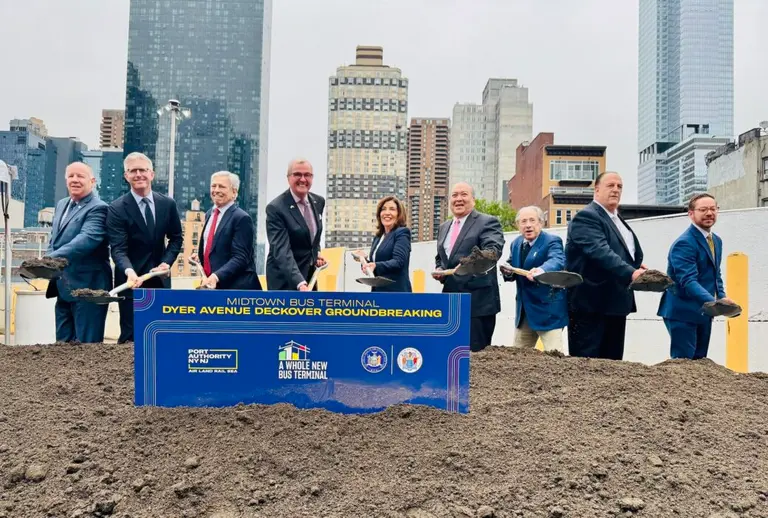








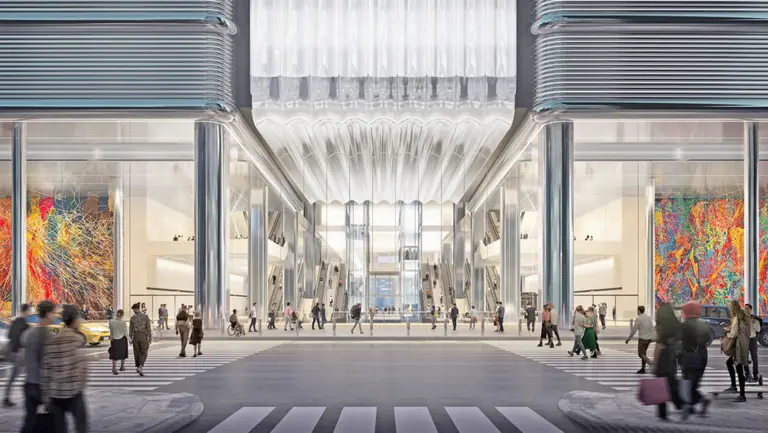

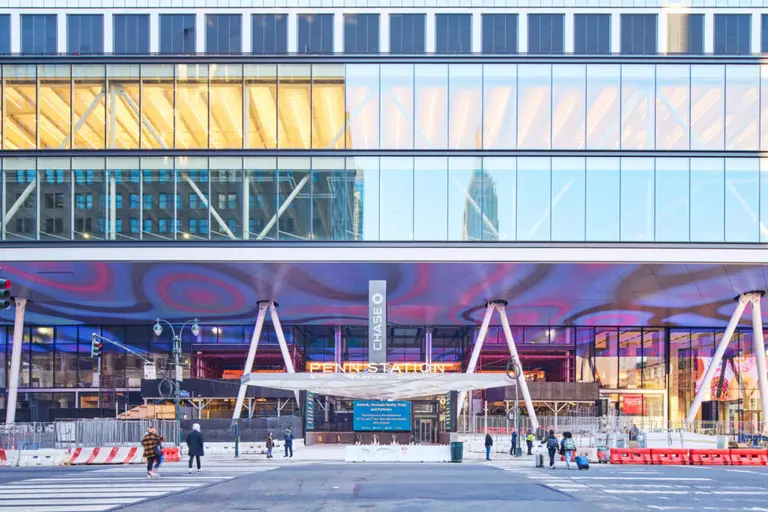

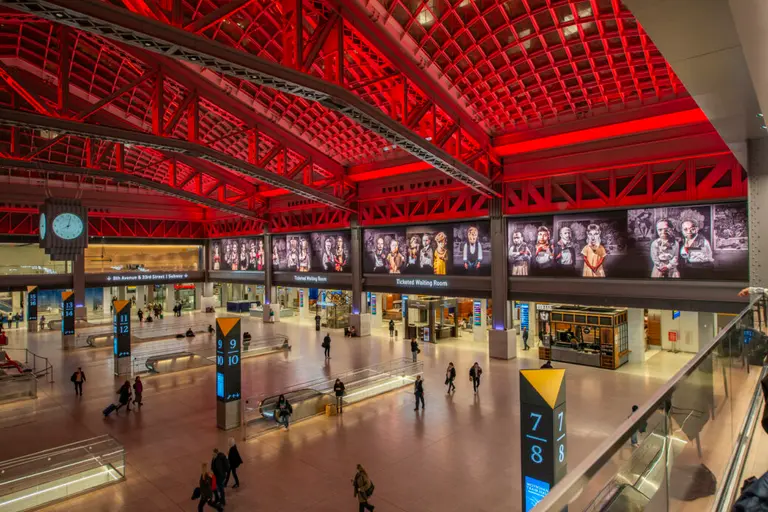
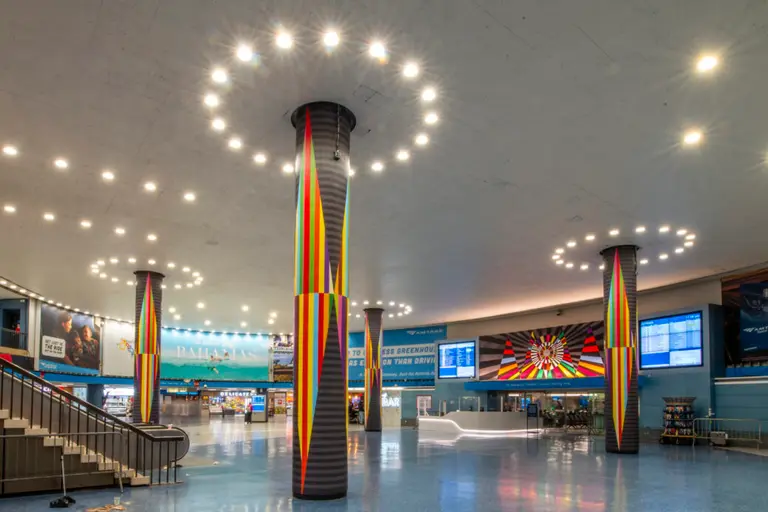












Completing the $10 billion funding package to pay for a new Port Authority Bus Terminal is still outstanding.
The approved Port Authority 2017 – 2026 ten year $32 billion Capital Plan provided only $3.5 billion toward construction. This leaves a shortfall of $6.5 billion.
The project has never obtained permission from the Federal Transit Administration for admission into its Capital Investment Grant (CIG) New Starts Core Capacity Full Funding Grant Agreement (FFGA) national competitive discretionary grant program.
It is wishful thinking on the part of Port Authority Executive Director Rick Cotton that he can count on $4 billion in future federal funding. Given the soft real estate market, the same holds true for raising another $2.5 billion from payments in lieu of taxes (PILOTs) leveraged from the development of new office towers by the bus terminal.
You may have to wait until the next Port Authority ten year 2027 – 2036 Capital Plan before a complete $10 billion funding package is in place.
No one can predict the final cost and completion date for the new bus terminal.
(Larry Penner is a transportation advocate, historian and writer who previously served as a former Director for the Federal Transit Administration Region 2 New York Office of Operations and Program Management. This included the development, review, approval and oversight for billions in capital projects and programs for NJ Transit, New York Metropolitan Transportation Authority, NYC Transit bus, subway and Staten Island Railway, Long Island and Metro North Rail Roads, MTA Bus, NYCDOT Staten Island Ferry along with 30 other transit agencies in NY & NJ.).
. .